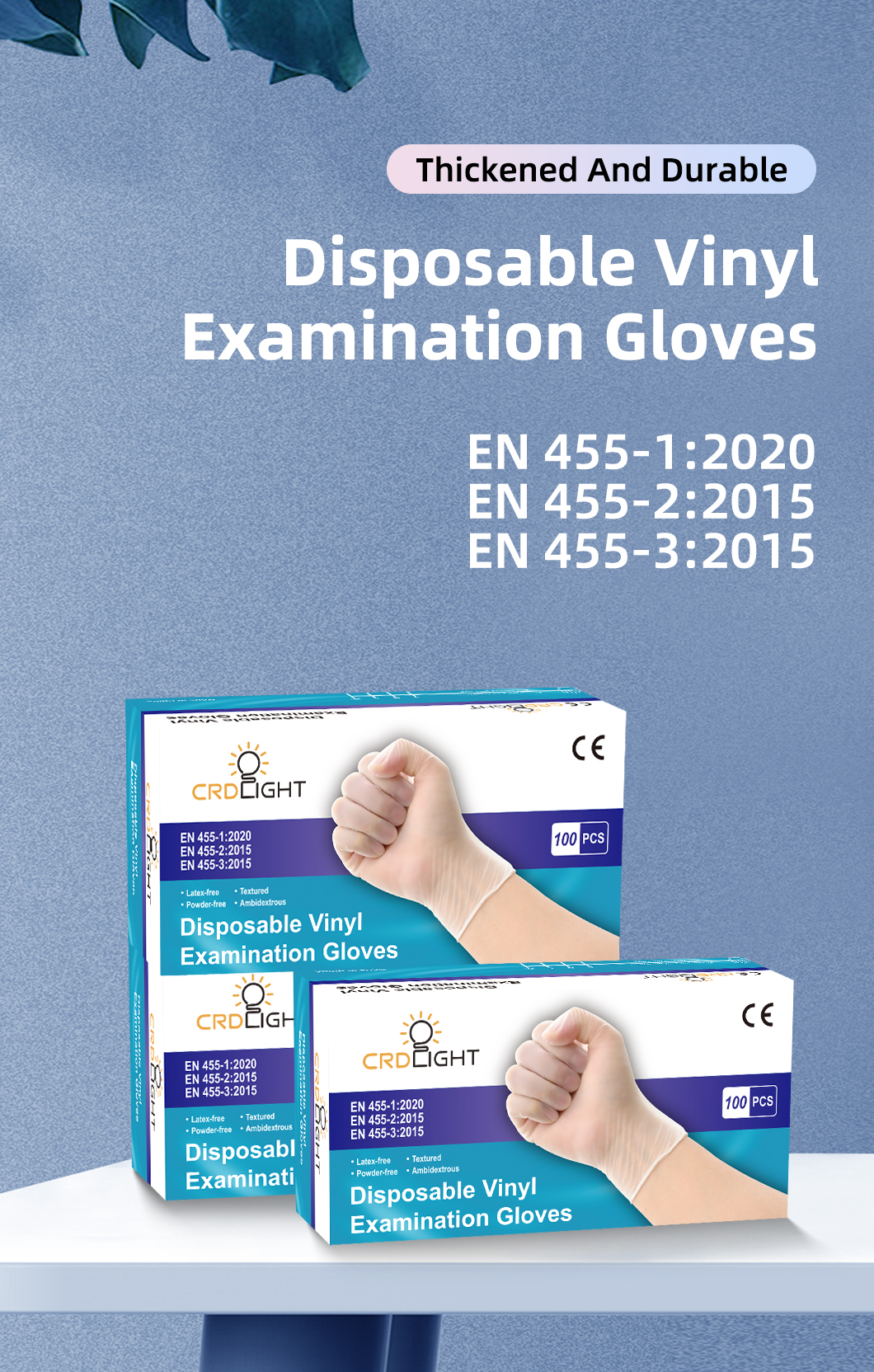The three most popular glove materials on the market today are nitrile, latex, and vinyl. We have seen the popularization of the nitrile glove in recent years but what’s the difference? And what type should you be using? In this article, we will explore the these glove types so you can make an informed decision of what type is most suitable for your laboratory.
Nitrile Gloves
Nitrile is a durable, synthetic rubber technically known as acrylonitrile-butadiene rubber and was developed for a number of reasons, namely, due to the issues surrounding common allergies to latex gloves and the lack of protection against solvents that latex offers. The gloves were first introduced in the mid 1990s and were aimed at medical applications but have since become widely popular for laboratory and industrial customers.
Nitrile gloves are latex free and have very low allergy rates (less than 1% of users).They are the most popular type of glove used today which is mainly attributed to their versatility (can be used in almost every industry), very low allergy rates, and price. Traditionally, nitrile gloves were much more expensive than latex but with their ever increasing popularity, we have seen prices drop in recent years to the point where they are on par, if not lower priced than latex gloves.
Nitrile has excellent chemical resistance as compared to latex. This is one of the main advantages of a nitrile glove and is important when the user comes into contact with hazardous substances.
A big advantage of nitrile gloves (often overlooked) is that the material has a tendency to tear when punctured. This is an easy way to recognize that the glove has been compromised. In comparison, a latex glove will remain intact and a small puncture could potentially be overlooked. This is a major advantage of a nitrile glove over a latex glove when dealing with hazardous substances. Please note that it is always important to check your glove for any punctures prior to using it with any hazardous substances. While the Nitrile tear feature is an advantage, it cannot be relied upon as an effective preventative measure.
Latex Gloves
Latex gloves are the more traditional glove, they are made out of rubber and have been used for many years. While there are allergy concerns with latex gloves, they are sometimes more favorable to users over a nitrile glove mainly due to comfort and strength. Generally Latex gloves will be more comfortable, sensitive, and provide better grip, although the modern advances in nitrile glove manufacturing has seen nitrile gloves become more comfortable, thinner, with better dexterity.
A concern with latex gloves and the reason why they have been banned in some medical and educational institutions is the common allergic response people have to the latex material. Whilst allergies to latex are often not life threatening (but can be), it does cause discomfort to the individual. We generally see a skin reaction occur anywhere from immediate exposure up to hours after exposure. In rare instances, a more severe reaction may occur like a life threatening anaphylactic attack. Allergic reactions can increase in severity with repeated exposure which is also a cause for concern. It is worth considering that even if you don’t have an allergy to latex, someone that you may come into contact with while wearing the gloves may.
Latex gloves provide exceptional physical barrier performance similar to nitrile but they do not offer any real protection against solvents which is another downfall of the latex material. If chemicals resistance is important, nitrile would be a better choice.
Vinyl Gloves
Vinyl gloves are also a popular glove but are only used in certain environments. Vinyl gloves are latex-free and are often the cheapest option of the three materials. This type of glove is generally used in a high volume environment when dealing with non-hazardous materials as they offer very minor protection.Vinyl gloves are generally loose fitting and less elastic than a nitrile or latex glove resulting in a glove that does not fit very well and is uncomfortable to wear. As such, you will generally find users are only wearing them for a short period of time (5 minutes or less).
Vinyl gloves have a low resistance to many chemicals and should not be used in any environment where hazardous substances are being handled. Generally, we find vinyl gloves are used in the food and beverage industry and are good for low-risk tasks where the gloves are only used for a short period of time.
Allergic reactions to vinyl gloves are pretty much nonexistent and reports of allergic reactions are rare. While people do complain of an allergic response from wearing vinyl gloves, the problem is actually a skin irritation from lack of ventilation whilst wearing the gloves. The hand will perspire and irritate the skin as the glove traps the heat and perspiration inside the glove.
In recent years, nitrile has become by far the most popular choice of gloves across most industries. Their synthetic material eliminates the common allergy factors found in the latex material and superior chemical resistance is a big advantage to the nitrile mate-
rial. So when deciding what glove is most suitable. Ask yourself; how much protection do I need? And do I need to consider potential allergies?
Post time: Sep-28-2021


